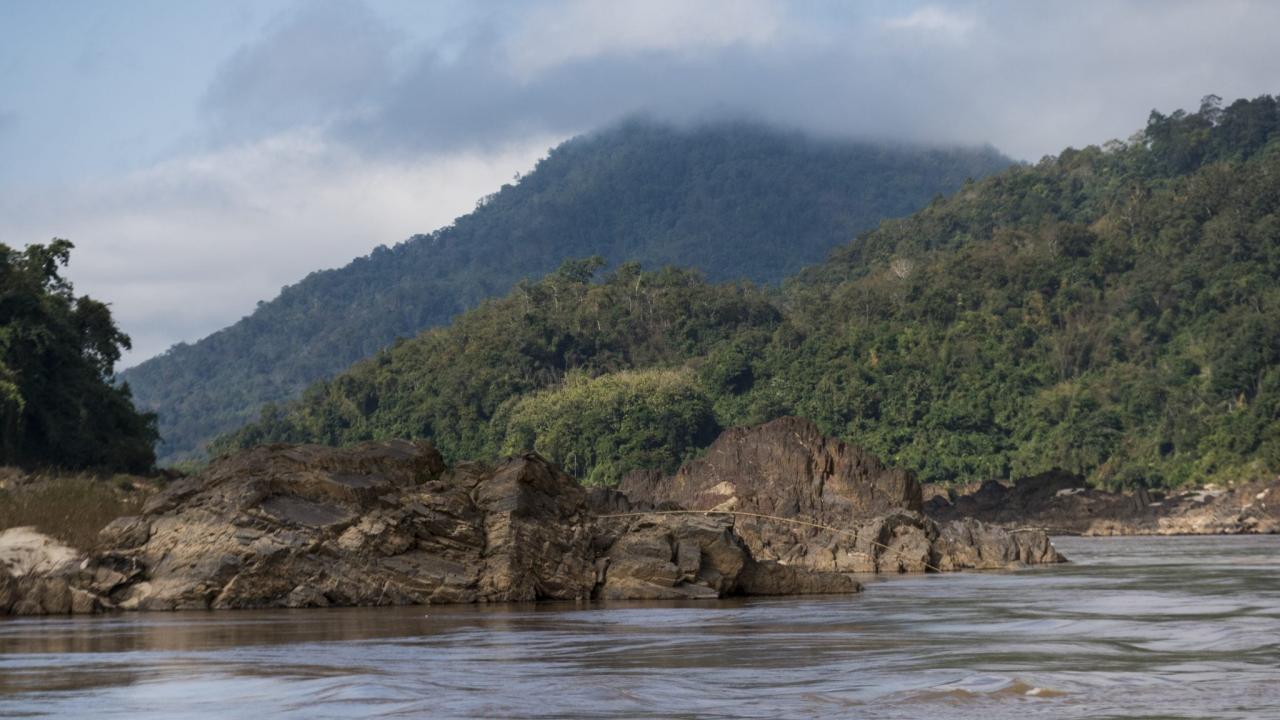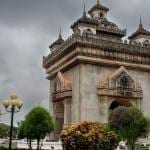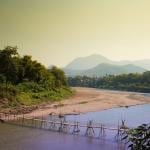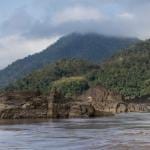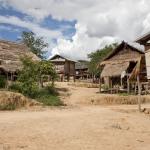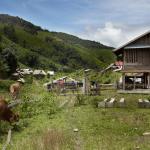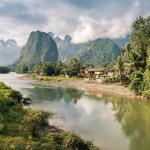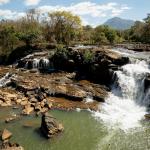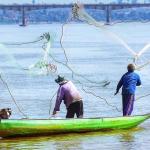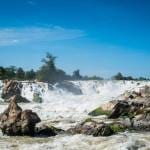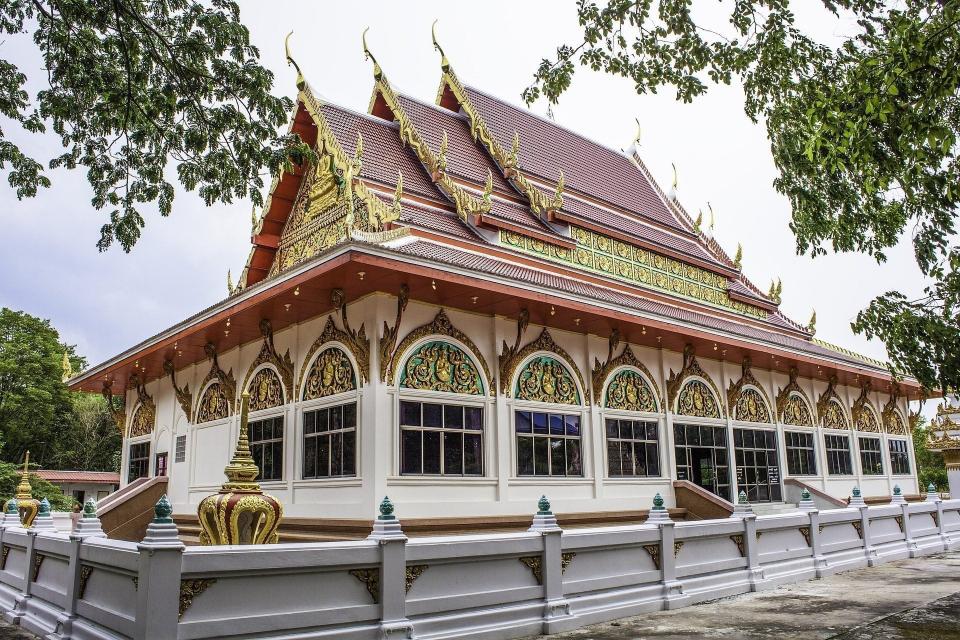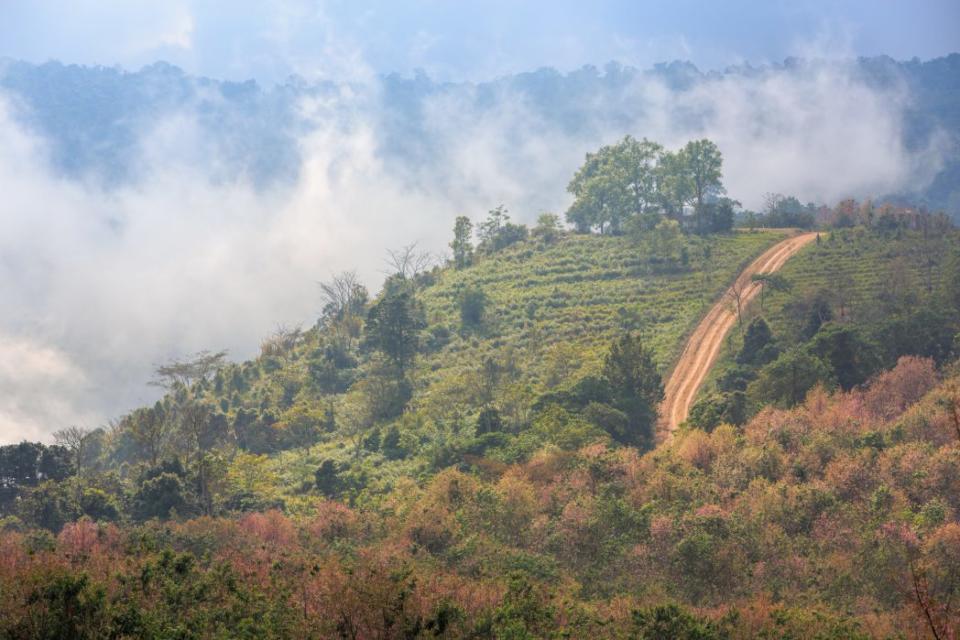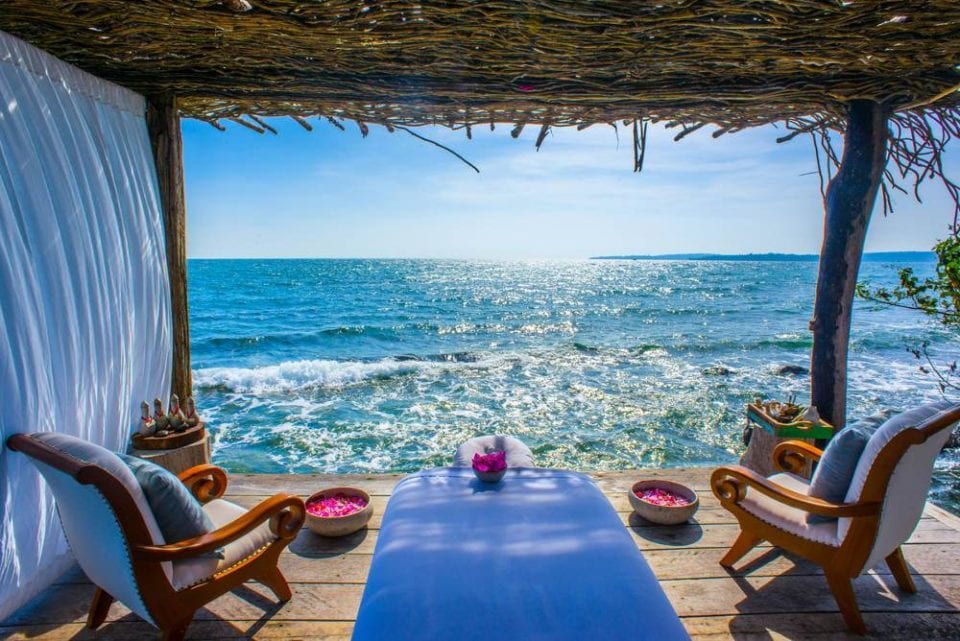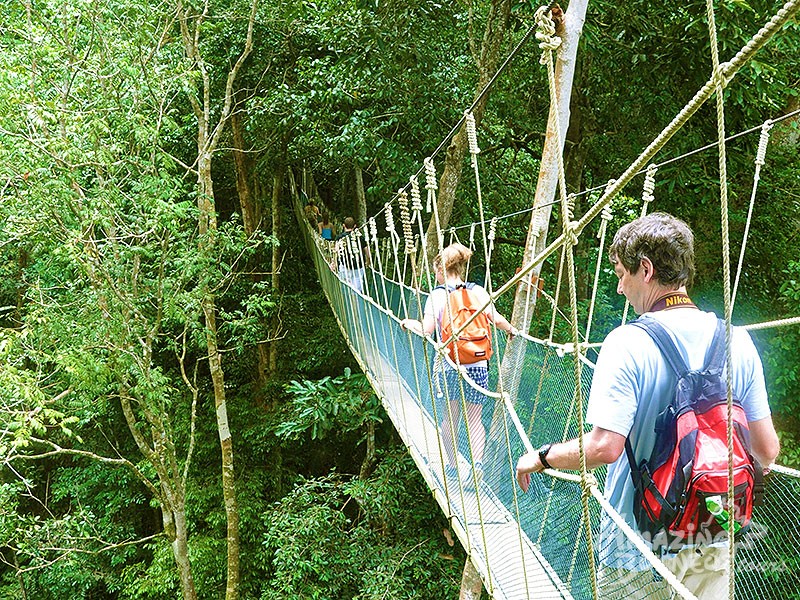Laos Grand Tour
Vientiane / Vang Vieng / Phonsavanh / Plain of Jars / Luang Prabang / Tham Pak Ou Caves / Kuang Si Waterfalls / Mount Phousi / Pakse / Tad Lo / Don Khong
from $3,613 AUD pp (pax)
Encounter the Spirit of Laos. Breathe in the mists of the waterfalls. Hear your heart pound at the presence of the majestic mountains. Behold the sovereign architecture of the ancient ones. Feel the pulse of the city in the night markets. Experience all this and more when exploring diverse and beautiful Laos.
Sightseeing in Luang Prabang Set between the Nam Khan and Mekong rivers, Luang Prabang is an enchanting town filled with historic temples and colonial style buildings. The entire town was declared a UNESCO World Heritage Site in 1995. Start the day at Wat Visoun (Wat Wisunalat), the oldest living temple in Luang Prabang, Wat dating back to 1513 and contains a collection of antique wooden Buddhas. Visit the nearby Wat Aham before continuing to Wat Xieng Thong, the crowning jewel of all the monasteries and temples in the city. Its many ornate buildings feature exquisite mosaic and gold-stencilled murals. From there, stroll down the main street of Luang Prabang, stopping at some of the many temples that line its sides, including Wat Sibounheuang, Wat Si Moungkhoun, Wat Sop and Wat Sene.
Continue to the National Museum (Royal Palace), a modest but graceful building which combines traditional Lao and French beaux-arts motifs. This turn-of-the century royal residence has been preserved as it was when the royal family last lived here and provides unique insights into the history of Laos. Then, visit Hor Phrabang. In the right front corner room of the Palace which opens to the outside, is a collection of the palace’s most prized art, including the Phrabang, cast of a gold, silver and bronze alloy. This Buddha stands at 83 cm tall and weighs around 50 kg. Afterwards, visit Wat Mai.
Kuang Si Waterfalls From Luang Prabang, travel by vehicle to to Kuang Si Waterfall. This waterfall is located in a perfect natural setting near Luang Prabang, this multi-tiered waterfall tumbles over limestone formations into a series of turquoise pools. Enjoy swimming in the clear water or just relaxing in the natural environment.
Ban Xang Khong Visit Ban Xang Khong, a village near Luang Prabang well known for its traditional handwoven cotton and silk, as well as production of the local sa (mulberry) paper.
Oudomxai The provincial capital of Oudomxai has a richly mixed population of Lao Theung, Lao Seung, Chinese and Lao Loum. Off the main street the traditional thatched houses spread across the edge of the valley towards the base of the surrounding mountain range. Visit the local market, Phou Phra That, and admire the panoramic views of Oudomxai from Phou Xay Hill.
Luang Nam Tha The provincial capital of Luang Nam Tha Province, this town is expanding rapidly in its role as a centre for commerce between China, Thailand and Laos. Visit the local market and Phoum Pouk Pagoda, first built in 1624, now in ruins as a casualty of the American Indochina War. Continue to the Luang Nam Tha Museum for an overview of the different ethnic minorities that inhabit the area.
In the afternoon, explore the many minority villages in the area, including a Black Tai Village. The Black Tai are known for their silk production and weaving. Sometimes water wheels can be seen milling rice. Continue to a 200 year old Lenten village, whose inhabitants are known for paper making and indigo dyes; and a Khmu Village known for basketry and water gourds.
Muang Sing The town of Muang Sing, home to the Thai Lue people, draws people from around the region to trade, including Thai Dam, Lao Huan, (Lenten), Akha, Hmong, Mien, Lolo and Yunnanese. Tour the town, visiting the local market, the main Buddhist Temples, Wat Xieng Jai and Wat Nam Kaew Luang, before striking out into the countryside and visiting some of the different minority villages in the area.
Vientiane The capital city of Laos, Vientiane, still feels like a sleepy city with relaxed charm, tree-lined boulevards, beautiful temples and colourful markets. Tour the many highlights of the city, including Pha That Luang, a gleaming golden stupa which is perhaps the most important national monument in Laos; Ho Pha Keo, the formal royal temple, now a museum with beautiful examples of Buddhist sculpture; Wat Si Saket, Patuxai, a monumental arch inspired by the Arc de Triomphe, but executed with Lao motifs. Visit Cooperative Orthotic and Prosthetic Enterprise (COPE) and Wat Si Muang. End your day at the Talaat Sao, or the “morning market” (actually open all day), the best place to buy traditional Lao fabrics.
Champasak and Vat Phou Champasak Champasak is a small district of 38,000 people on the western bank of the Mekong River. The Angkor period ruins of Vat Phou Champasak lie 8km south of the town. Continue by vehicle to Vat Phou Museum and Vat Phou Champasak; this Khmer temple site is spread over the lower slopes of Phu Pasak and its name means Mountain Temple. The surviving structures date from as early as the Chenla Kingdom (6th to 8th centuries).
Don Khong Explore Don Khong, or Khong Island, a scenic island set in the middle of the Mekong River, with small villages and rice paddies. Visit the largest village, Muang Khong, and visit the local temples, Wat Phou Khao Keo, Wat Hua Khong Pha Yai, Wat Kang Khong (former Wat Phuangkeoaruothai), Wat Xieng Wang and Ban Hin Siew (Palm Sugar Village, can be visited from November to April). Sunset at Muang Sene.
Khone Phapheng Waterfall Departing from Don Khong by vehicle and continue to Khone Phapheng, the largest waterfall in Southeast Asia and one of the most impressive sites in the area. Here, the entire Mekong with all its force cascades down curving stone outcroppings and tints the massive stones with rainbows. Continue north by vehicle to Pakse.
Pakse Founded by the French in 1905 as an administrative post, the capital of Champasak Province is a relatively new town at the confluence of the Mekong and Se Don rivers. Spend the day exploring the highlights of the town, including the local market, Wat Chomphet Theppanimit, Wat Phou Salao, Wat Luang, Wat Tham Faai (Wat Phabat).



